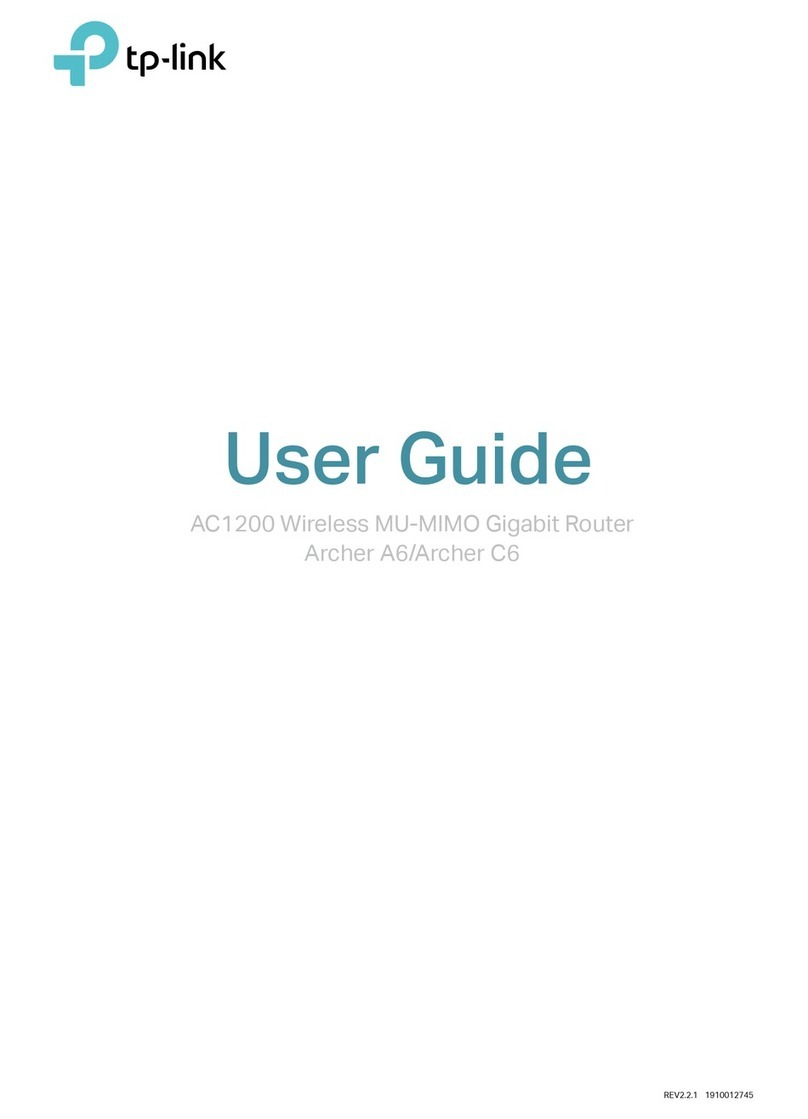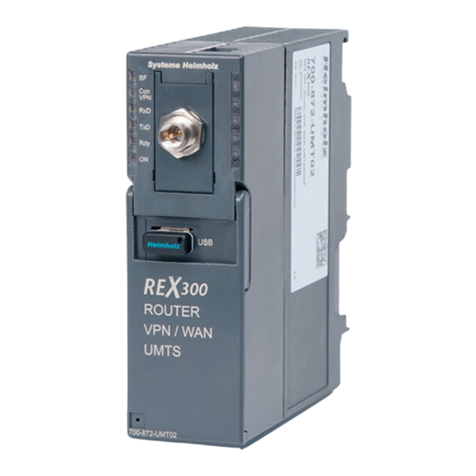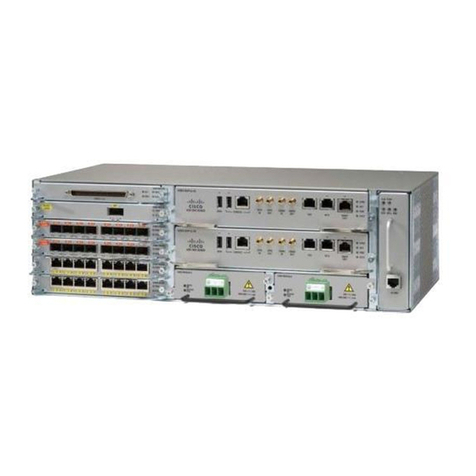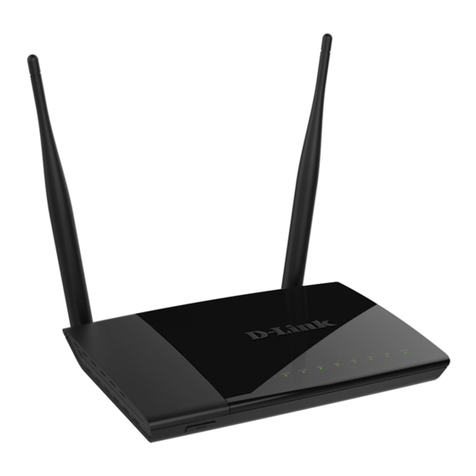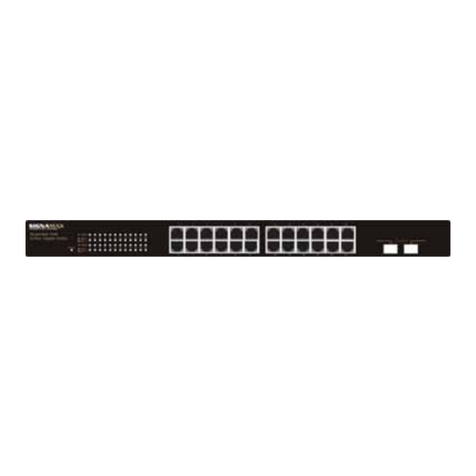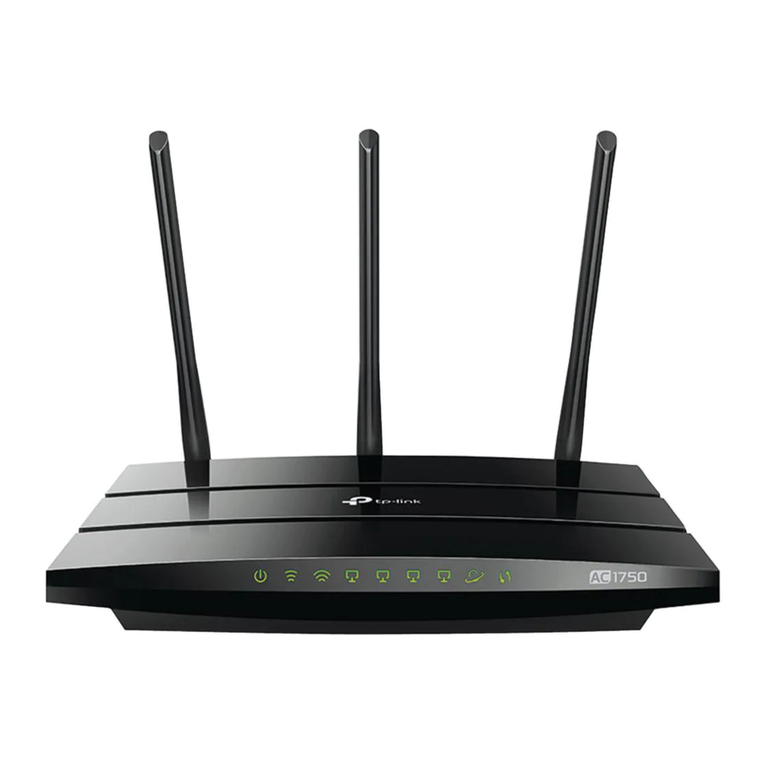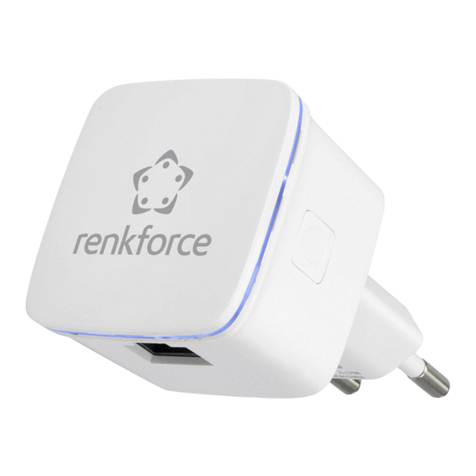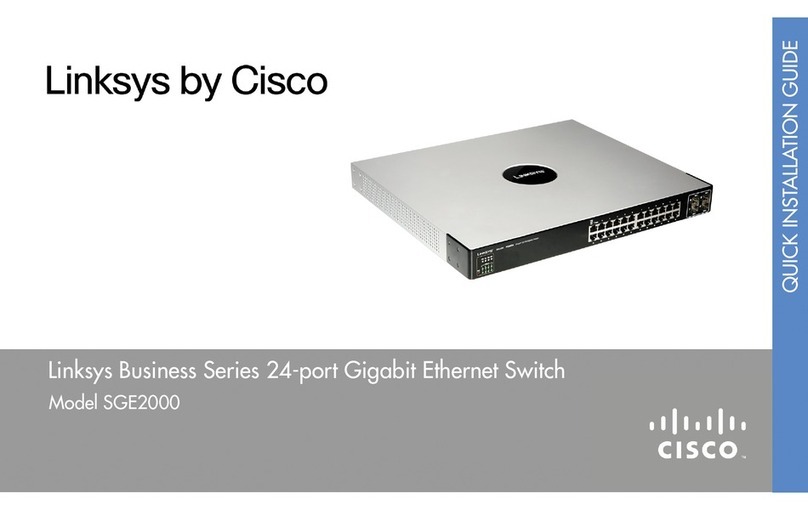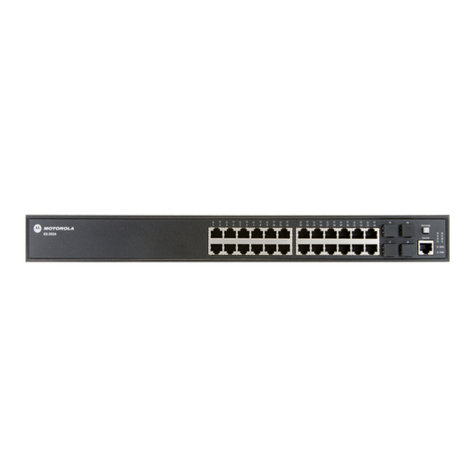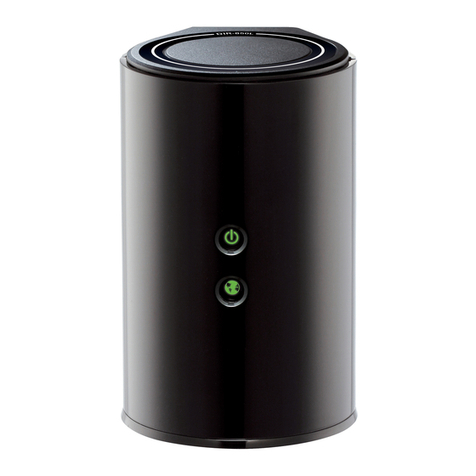TheGreenBow ZYWALL 10 - GREENBOW VPN CLIENT User manual

TheGreenBow IPSec VPN Client
Configuration Guide
Router: Z
y
xel Z
y
Wall 10
WebSite: http://www.thegreenbow.com
Contact: [email protected]m
IPSec VPN Router Configuration Property of TheGreenBow Sistech SA - © Sistech 2001-2005 0/12

Doc.Ref tgbvpn_cg_ZyWall10_en
Doc.version 2.0 – Nov.2004
VPN version 2.5x
Table of contents
1Introduction.................................................................................................................................................... 0
1.1 Goal of this document............................................................................................................................... 0
1.2 Network topology ...................................................................................................................................... 0
2ZyWall VPN Configuration............................................................................................................................. 0
2.1 ZyWall VPN Configuration interface.......................................................................................................... 0
2.2 ZyWall IKE Mode ...................................................................................................................................... 0
2.3 ZyWall Phase 2 IDs................................................................................................................................... 0
2.4 ZyWall Phase 1 IDs................................................................................................................................... 0
2.5 ZyWall IPSec Protocol .............................................................................................................................. 0
2.6 ZyWall Authentication and encryption algorithms...................................................................................... 0
3TheGreenBow IPSec VPN Client configuration............................................................................................. 0
3.1 VPN Client Phase 1 (IKE) Configuration................................................................................................... 0
3.2 VPN Client Phase 2 (IPSec) Configuration............................................................................................... 0
3.3 Open the IPSec VPN tunnels.................................................................................................................... 0
4VPN IPSec Troubleshooting.......................................................................................................................... 0
4.1 « PAYLOAD MALFORMED » error.......................................................................................................... 0
4.2 « INVALID COOKIE » error....................................................................................................................... 0
4.3 « no keystate » error................................................................................................................................. 0
4.4 « received remote ID other than expected » error..................................................................................... 0
4.5 « NO PROPOSAL CHOSEN » error......................................................................................................... 0
4.6 « INVALID ID INFORMATION » error....................................................................................................... 0
4.7 I clicked on “Open tunnel”, but nothing happens....................................................................................... 0
4.8 The VPN tunnel is up but I can’t ping !...................................................................................................... 0
5Contacts......................................................................................................................................................... 0
IPSec VPN Router Configuration Property of TheGreenBow Sistech SA - © Sistech 2001-2005 2/12

Doc.Ref tgbvpn_cg_ZyWall10_en
Doc.version 2.0 – Nov.2004
VPN version 2.5x
1Introduction
1.1 Goal of this document
This document describes how to configure TheGreenBow VPN Client with a Zyxel ZyWall 10.
1.2 Network topology
In our example, we will connect TheGreenBow VPN client to the LAN behind the Zyxel ZyWall Router. The VPN
client is connected to the Internet by a dialup connection from an ISP. The client will have a virtual IP address in
the remote LAN. All the addresses in this document are given for example purpose.
192.168.1.3
Internet Zyxel
ZyWall 10
192.168.1.78
192.168.1.1155.2.4.36
80.11.8.4
192.168.100.57
IPSec VPN Router Configuration Property of TheGreenBow Sistech SA - © Sistech 2001-2005 3/12

Doc.Ref tgbvpn_cg_ZyWall10_en
Doc.version 2.0 – Nov.2004
VPN version 2.5x
2ZyWall VPN Configuration
ZyNOS Firmware version release of the Zyxel ZyWall 10 used during tests was ZyNOS 3.52 (WA.3) |
05/28/2003.
2.1 ZyWall VPN Configuration interface
Zywall VPN configuration can be achieved with a web browser. Read Zyxel ZyWALL 10 documentation for more
information.
Once connected to your VPN gateway, click on "VPN" link in the Zyxel ZyWALL 10 VPN configuration interface.
Select a VPN connection and click on "Edit":
2.2 ZyWall IKE Mode
Click on "Active". Select "IKE" and "Main" if you want to use IKE Main mode exchange.
IPSec VPN Router Configuration Property of TheGreenBow Sistech SA - © Sistech 2001-2005 4/12

Doc.Ref tgbvpn_cg_ZyWall10_en
Doc.version 2.0 – Nov.2004
VPN version 2.5x
2.3 ZyWall Phase 2 IDs
The settings "Local" and "Remote" are in fact Phase 2 IDs. In Local Address Type, you must select "Subnet
Address" and fill the field “Starting IP Address” with the IP addresses of your LAN.
2.4 ZyWall Phase 1 IDs
Phase 1 IDs are set in the following view of the configuration interface. We choose to use IP Addresses as IDs.
2.5 ZyWall IPSec Protocol
Next step consists into selecting IPSec Protocol. TheGreenBow VPN client do not accept AH protocol. Set the
Pre-Shared Key and click on "Advanced".
IPSec VPN Router Configuration Property of TheGreenBow Sistech SA - © Sistech 2001-2005 5/12

Doc.Ref tgbvpn_cg_ZyWall10_en
Doc.version 2.0 – Nov.2004
VPN version 2.5x
2.6 ZyWall Authentication and encryption algorithms
For Phase 1, select the algorithm you want. DH1 is also known as Diffie-Hellman 768 and DH2 as Diffie-Hellman
1024.
For Phase 2, do not forget to select "ESP" as active protocol.
Click on « Apply » once you have finished.
IPSec VPN Router Configuration Property of TheGreenBow Sistech SA - © Sistech 2001-2005 6/12

Doc.Ref tgbvpn_cg_ZyWall10_en
Doc.version 2.0 – Nov.2004
VPN version 2.5x
3TheGreenBow IPSec VPN Client configuration
3.1 VPN Client Phase 1 (IKE) Configuration
In the "Interface" field, you can select a star ("*"), if the client host receive a dynamic IP Address from an ISP for
example.
The "Remote Address" field value is the Zyxel ZyWALL VPN router public IP address or DNS address.
By clicking in "Advanced" button, you can setup "Phase 1 Ids" and "Aggressive Mode".
The remote Gateway
IP address is either
an explicit IP address,
abcdef
g
h
abcdef
g
h
Phase 1 configuration
3.2 VPN Client Phase 2 (IPSec) Configuration
In this window, you define IPSec VPN Policy. "VPN Client address" is the virtual IP address of the client inside
the LAN. With Zyxel VPN gateways, this address must not belong to the remote LAN.
Take as example the choice of 192.168.1.100 for virtual IP address. When the VPN client is sending a TCP or an
UDP packet to a target remote computer 192.168.0.x, this target will send inside its subnet an ARP request in
order to get VPN client MAC address andreply directly to it. But, this request cannot receive any answer because
the client is not physically present inside the subnet. So, initial packets from the client will not be answered.
IPSec VPN Router Configuration Property of TheGreenBow Sistech SA - © Sistech 2001-2005 7/12

Doc.Ref tgbvpn_cg_ZyWall10_en
Doc.version 2.0 – Nov.2004
VPN version 2.5x
You may define a static virtual
IP address here.
For use with Zyxel routers, do
NOT specify an IP address
belon
g
in
g
to the remote LAN’s
Enter the IP address
(and subnet mask)
of the remote LAN.
Phase2 Configuration
3.3 Open the IPSec VPN tunnels
Once both Zyxel Zywall VPN router and TheGreenBow IPSec VPN Client have been configured accordingly, you
are ready to open VPN tunnels. First make sure you enable your firewall with IPSec traffic.
1. Click on "Save & Apply" to take into account all modifications we've made on your VPN Client configuration
2. Click on "Open Tunnel", or generate traffic that will automatically open a secure IPsec VPN Tunnel (e.g. ping,
IE browser)
3. Select "Connections" to see opened VPN Tunnels
4. Select "Console" if you want to access to the IPSec VPN logs and adjust filters to display less IPSec
messaging.
IPSec VPN Router Configuration Property of TheGreenBow Sistech SA - © Sistech 2001-2005 8/12

Doc.Ref tgbvpn_cg_ZyWall10_en
Doc.version 2.0 – Nov.2004
VPN version 2.5x
4VPN IPSec Troubleshooting
4.1 « PAYLOAD MALFORMED » error
114920 Default (SA ZyWALL-P1) SEND phase 1 Main Mode [SA][VID]
114920 Default (SA ZyWALL-P1) RECV phase 1 Main Mode [NOTIFY]
114920 Default exchange_run: exchange_validate failed
114920 Default dropped message from 195.100.205.114 port 500 due to notification
type PAYLOAD_MALFORMED
114920 Default SEND Informational [NOTIFY] with PAYLOAD_MALFORMED error
If you have an « PAYLOAD MALFORMED » error you might have a wrong Phase 1 [SA], check if the encryption
algorithms are the same on each side of the VPN tunnel.
4.2 « INVALID COOKIE » error
115933 Default message_recv: invalid cookie(s) 5918ca0c2634288f 7364e3e486e49105
115933 Default dropped message from 195.100.205.114 port 500 due to notification
type INVALID_COOKIE
115933 Default SEND Informational [NOTIFY] with INVALID_COOKIE error
If you have an « INVALID COOKIE » error, it means that one of the endpoint is using a SA that is no more in use.
Reset the VPN connectionon each side.
4.3 « no keystate » error
115315 Default (SA ZyWALL-P1) SEND phase 1 Main Mode [SA][VID]
115317 Default (SA ZyWALL-P1) RECV phase 1 Main Mode [SA][VID]
115317 Default (SA ZyWALL-P1) SEND phase 1 Main Mode [KEY][NONCE]
115319 Default (SA ZyWALL-P1) RECV phase 1 Main Mode [KEY][NONCE]
115319 Default (SA ZyWALL-P1) SEND phase 1 Main Mode [ID][HASH][NOTIFY]
115319 Default ipsec_get_keystate: no keystate in ISAKMP SA 00B57C50
If you have an « no keystate » error, check if the preshared key is correct or if the local ID is correct (see
« Advanced » button). You should have more information in the remote endpoint logs.
4.4 « received remote ID other than expected » error
120348 Default (SA ZyWALL-P1) SEND phase 1 Main Mode [SA][VID]
120349 Default (SA ZyWALL-P1) RECV phase 1 Main Mode [SA][VID]
120349 Default (SA ZyWALL-P1) SEND phase 1 Main Mode [KEY][NONCE]
120351 Default (SA ZyWALL-P1) RECV phase 1 Main Mode [KEY][NONCE]
120351 Default (SA ZyWALL-P1) SEND phase 1 Main Mode [ID][HASH][NOTIFY]
120351 Default (SA ZyWALL-P1) RECV phase 1 Main Mode [ID][HASH][NOTIFY]
120351 Default ike_phase_1_recv_ID: received remote ID other than expected
The « Remote ID » value (see « Advanced » Button) do not match what the remote endpoint is expected.
IPSec VPN Router Configuration Property of TheGreenBow Sistech SA - © Sistech 2001-2005 9/12

Doc.Ref tgbvpn_cg_ZyWall10_en
Doc.version 2.0 – Nov.2004
VPN version 2.5x
4.5 « NO PROPOSAL CHOSEN » error
115911 Default (SA ZyWALL-P1) SEND phase 1 Main Mode [SA][VID]
115913 Default (SA ZyWALL-P1) RECV phase 1 Main Mode [SA][VID]
115913 Default (SA ZyWALL-P1) SEND phase 1 Main Mode [KEY][NONCE]
115915 Default (SA ZyWALL-P1) RECV phase 1 Main Mode [KEY][NONCE]
115915 Default (SA ZyWALL-P1) SEND phase 1 Main Mode [ID][HASH][NOTIFY]
115915 Default (SA ZyWALL-P1) RECV phase 1 Main Mode [ID][HASH][NOTIFY]
115915 Default phase 1 done: initiator id c364cd70: 195.100.205.112, responder id
c364cd72: 195.100.205.114, src: 195.100.205.112 dst: 195.100.205.114
115915 Default (SA ZyWALL-ZyWALL-P2) SEND phase 2 Quick Mode
[SA][KEY][ID][HASH][NONCE]
115915 Default RECV Informational [HASH][NOTIFY] with NO_PROPOSAL_CHOSEN error
115915 Default RECV Informational [HASH][DEL]
115915 Default ZyWALL-P1 deleted
If you have an « NO PROPOSAL CHOSEN » error, check that the « Phase 2 » encryption algorithms are the
same on each side of the VPN Tunnel.
Check « Phase 1 » algorithms if you have this:
115911 Default (SA ZyWALL-P1) SEND phase 1 Main Mode [SA][VID]
115911 Default RECV Informational [NOTIFY] with NO_PROPOSAL_CHOSEN error
4.6 « INVALID ID INFORMATION » error
122623 Default (SA ZyWALL-P1) SEND phase 1 Main Mode [SA][VID]
122625 Default (SA ZyWALL-P1) RECV phase 1 Main Mode [SA][VID]
122625 Default (SA ZyWALL-P1) SEND phase 1 Main Mode [KEY][NONCE]
122626 Default (SA ZyWALL-P1) RECV phase 1 Main Mode [KEY][NONCE]
122626 Default (SA ZyWALL-P1) SEND phase 1 Main Mode [ID][HASH][NOTIFY]
122626 Default (SA ZyWALL-P1) RECV phase 1 Main Mode [ID][HASH][NOTIFY]
122626 Default phase 1 done: initiator id c364cd70: 195.100.205.112, responder id
c364cd72: 195.100.205.114, src: 195.100.205.112 dst: 195.100.205.114
122626 Default (SA ZyWALL-ZyWALL-P2) SEND phase 2 Quick Mode
[SA][KEY][ID][HASH][NONCE]
122626 Default RECV Informational [HASH][NOTIFY] with INVALID_ID_INFORMATION error
122626 Default RECV Informational [HASH][DEL]
122626 Default ZyWALL-P1 deleted
If you have an « INVALID ID INFORMATION » error, check if « Phase 2 » ID (local address and network
address) is correct and match what is expected by the remote endpoint.
Check also ID type (“Subnet address” and “Single address”). If network mask is not check, you are using a
IPV4_ADDR type (and not a IPV4_SUBNET type).
Check in ZyWALL SA monitor if a previous SA is still alive.
4.7 I clicked on “Open tunnel”, but nothing happens.
Read logs of each VPN tunnel endpoint. IKE requests can be dropped by firewalls. An IPSec Client uses UDP
port 500 and protocol ESP (protocol 50).
4.8 The VPN tunnel is up but I can’t ping !
If the VPN tunnel is up, but you still cannot ping the remote LAN, here are a few guidelines:
•Check Phase 2 settings: VPN Client address and Remote LAN address. Usually, VPN Client IP address
should not belong to the remote LAN subnet
•Once VPN tunnel is up, packets are sent with ESP protocol. This protocol can be blocked by firewall.
Check that every device between the client and the VPN server does accept ESP
•Check your VPN server logs. Packets can be dropped by one of its firewall rules.
IPSec VPN Router Configuration Property of TheGreenBow Sistech SA - © Sistech 2001-2005 10/12

Doc.Ref tgbvpn_cg_ZyWall10_en
Doc.version 2.0 – Nov.2004
VPN version 2.5x
•Check your ISP support ESP
•If you still cannot ping, follow ICMP traffic on VPN server LAN interface and on LAN computer interface
(with Ethereal for example). You will have an indication that encryption works.
•Check the “default gateway” value in VPN Server LAN. A target on your remote LAN can receive pings
but does not answer because there is a no “Default gateway” setting.
•You cannot access to the computers in the LAN by their name. You must specify their IP address inside
the LAN.
•We recommend you to install ethereal (http://www.ethereal.com) on one of your target computer. You
can check that your pings arrive inside the LAN.
IPSec VPN Router Configuration Property of TheGreenBow Sistech SA - © Sistech 2001-2005 11/12
This manual suits for next models
1
Table of contents
Popular Network Router manuals by other brands

Vista
Vista QSW8 user manual
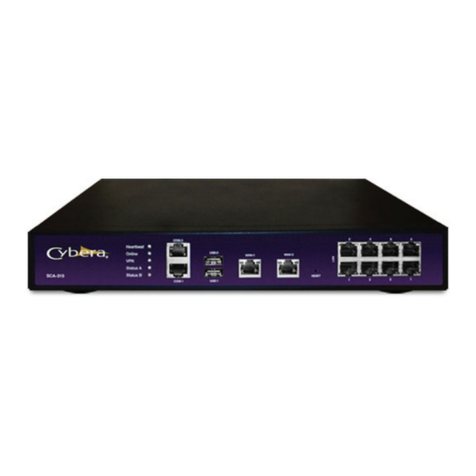
VeriFone
VeriFone Cybera SCA-315 installation guide
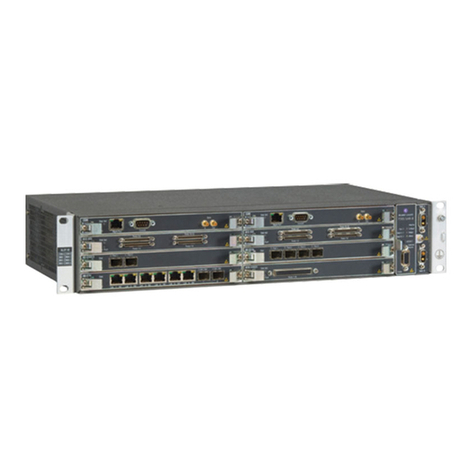
Alcatel-Lucent
Alcatel-Lucent Service Aggregation Router 7705 installation guide
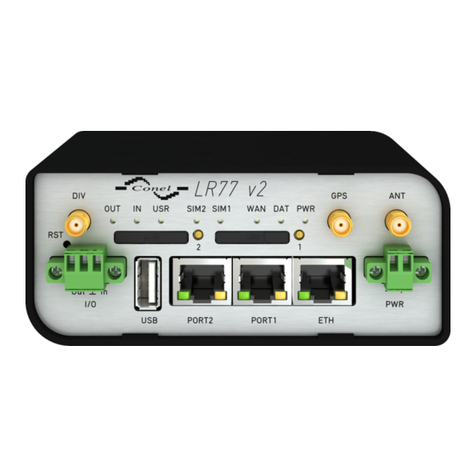
Advantech
Advantech LR77 v2 Series user manual

NTT docomo
NTT docomo SH-52A instruction manual
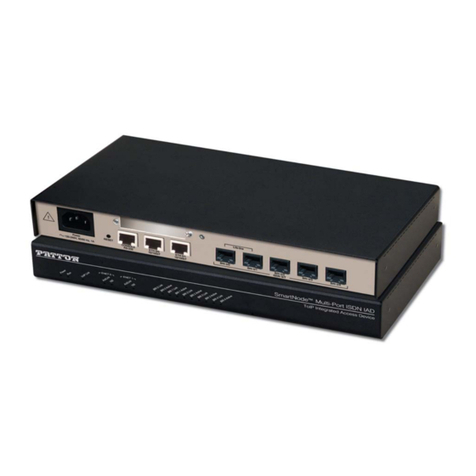
Patton electronics
Patton electronics 4630 Series Getting started guide

